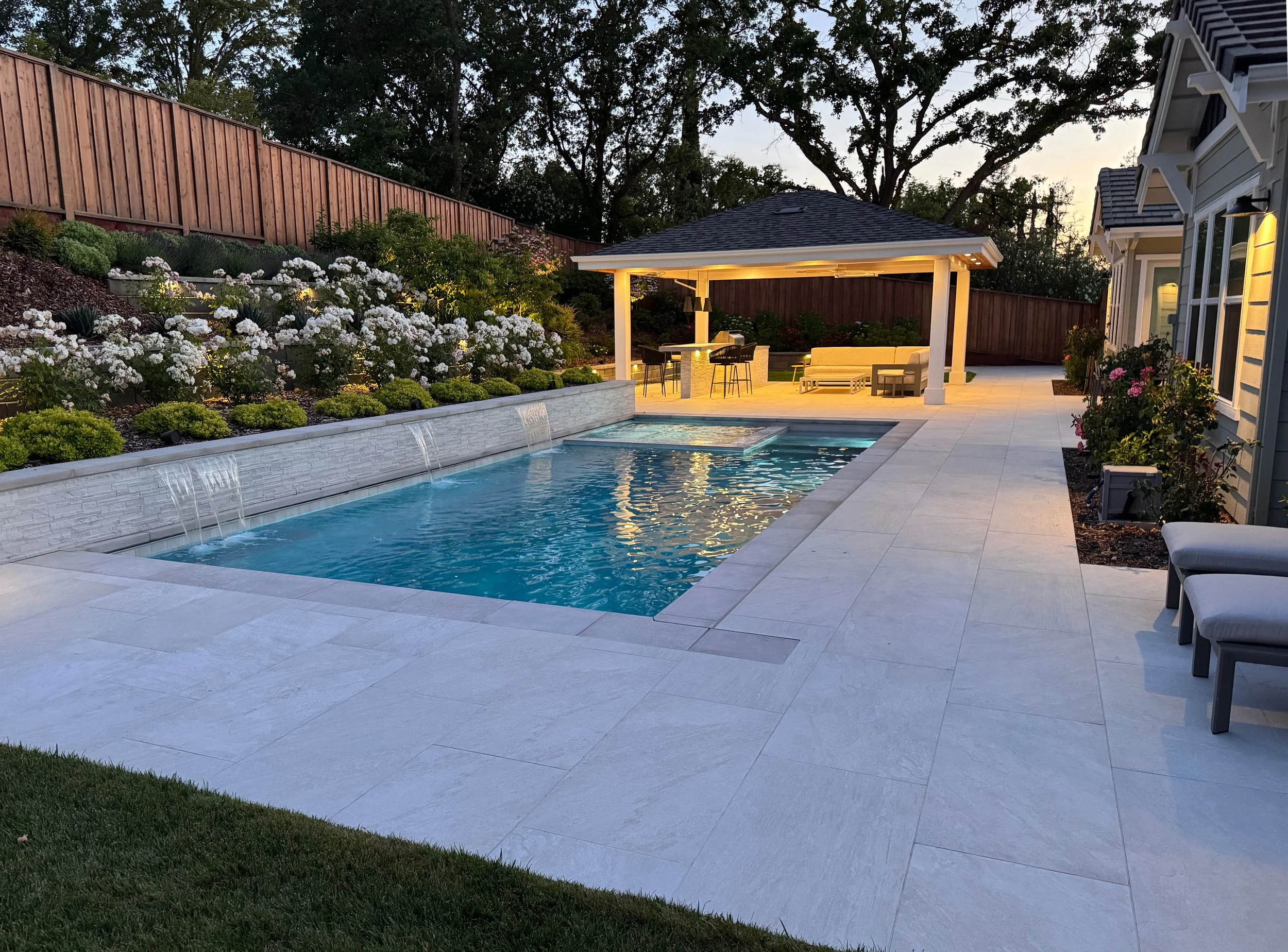
To learn and see more about landscape design & construction, please go to Alderland.com
Understanding the Basics of Landscape Irrigation Systems Before Installation
Alderland Can Help You Upgrade Your Outdoor Space
Discover how to enhance your outdoor space efficiently with our ultimate guide to landscape irrigation systems installation.
Understanding the fundamental basics of landscape irrigation systems before installation is absolutely essential for achieving efficient water use and maintaining a healthy, thriving landscape. Proper and thorough planning involves carefully assessing factors such as water requirements, soil type, plant varieties, and sun exposure in order to create a customized irrigation system tailored specifically to your landscape’s unique needs. This approach helps prevent common issues like overwatering or underwatering that can damage plants and waste resources. Alderland’s extensive expertise in both landscape design and construction ensures that your irrigation system will be integrated seamlessly with your overall yard design for maximum functionality and aesthetic appeal. With decades of experience serving clients throughout the SF Bay Area, Alderland can guide you in choosing the most suitable irrigation technology and layout to optimize water conservation, reduce ongoing maintenance needs, and ultimately enhance the natural beauty and enjoyment of your outdoor space.
Breathtaking lush ridgetop retreat in San Ramon, designed and constructed by Alderland.
Moon Gate and landscaping in Lafayette, designed and constructed by Alderland.
Gorgeous estate plantings in Danville, designed and constructed by Alderland.

